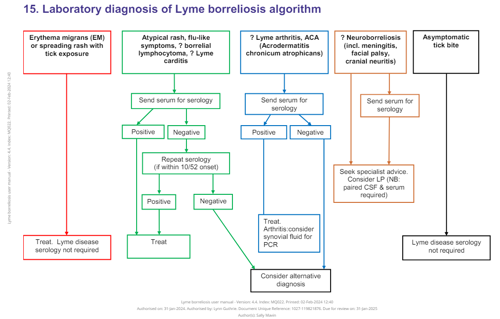
Antibiotic therapy is to treat infection, NOT heal ulcers / wounds

Do NOT routinely culture uninfected wounds.

Wound Swabs (how to swab) / bone culture samples should be obtained prior to initiation of antibiotic therapy. Clinical details should include "diabetes" to ensure appropriate laboratory testing.

Determine severity of wound infection (mild/moderate/severe*), as per IWGDF/IDSA Infection guideline, to determine most appropriate antibiotic therapy.
Mild*:
- No evidence of systemic infection AND
- 2 or more features of inflammation: pus, erythema, pain, tenderness, warmth, induration
- OR
- Cellulitis extending <2cm from wound margin.
Flucloxacillin dose
Penicillin Allergy or Known MRSA# or Non-antibiotic naïve: Doxycycline dose
Duration: 7 days
Moderate*:
- No evidence of systemic infection AND
- 2 or more features of inflammation: pus, erythema, pain, tenderness, warmth, induration INVOLVING
- tissue deeper than skin and subcutaneous tissues (e.g., tendon, muscle, joint, and bone)
- OR
- cellulitis extending >2cm from wound margin

Consider need for Secondary Care assessment (e.g. surgical input required). If no complicating factors, likely can be manged in Primary care with oral antibiotics.
Co-amoxiclav dose
Penicillin Allergy or Known MRSA# or Non-antibiotic naïve: Doxycycline or Co-trimoxazole or Clindamycin dose
Duration: 7 days; may need up to 14 days if slow response. If osteomyelitis is diagnosed 4 - 6 weeks of therapy is usually indicated.
Severe*:
- Evidence of systemic infection AND foot infection
Requires hospital admission for IV antibiotics and assessment


